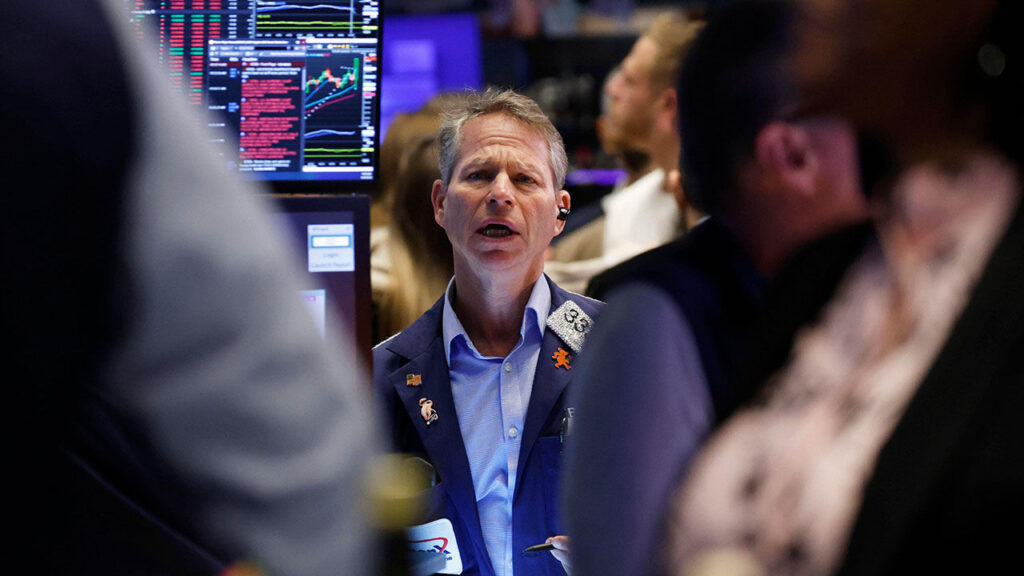The current sell-off in the stock market demonstrates alarming persistence, with the S&P 500 index in the United States experiencing a significant decline of 3% on March 10th. This latest downturn has driven the index’s total fall to nearly 9% since it reached its peak just a month earlier. The situation grows more pronounced in the tech-heavy NASDAQ index, which has plummeted by an astonishing 13%. These setbacks are starkly contrasting with the optimistic economic narrative previously championed by President Donald Trump, who had envisioned a robust era of growth for the American economy.
Investors are closely monitoring these trends as they reflect broader economic sentiments that may touch multiple sectors and industries. The expectation of continued growth, which had been a core tenet of America’s financial outlook, particularly under Trump’s administration, now faces significant challenges. Stocks across various sectors are indicating unease, and there are burgeoning questions about the sustainability of economic stability moving forward. The abrupt transitions from gains to losses within such a short time frame are raising red flags for both seasoned traders and first-time investors alike.
Understanding the reasons behind this dramatic sell-off necessitates examining several contributing factors. For one, economic indicators have shown that inflation may be running hotter than initially anticipated, compelling market participants to adjust their expectations regarding interest rates and the Federal Reserve’s monetary policy. Investors now grapple with the possibility of aggressive rate hikes, which could dampen borrowing costs and ultimately slow down economic growth. This uncertainty injects volatility into the market, making day-to-day trading a nerve-wracking experience.
Furthermore, geopolitical tensions continue to weigh on investor sentiment. Issues such as international trade relations, ongoing strains from the recent pandemic, and uncertainties surrounding other global events create an unstable environment for growth. The combination of these factors is fostering a climate of trepidation, prompting many investors to reassess their portfolios and solidify safe-haven investments while pulling back on more volatile stocks.
The tech sector, particularly affected by the NASDAQ’s drop, is emblematic of the broader shift in investor sentiment. Once viewed as a beacon of innovation and growth, many tech stocks have faced dire corrections as interest rates rise. High-growth companies, which typically carry heavier debt loads and rely on cheaper access to capital, are among those most susceptible to changing interest rates. Consequently, investors are becoming more cautious, reevaluating which companies represent stable investments in an era of fluctuating economic conditions.
Simultaneously, it’s critical to consider the consumer side of the economy. With inflation on the rise, consumer purchasing power appears to be declining, which could subsequently affect corporate earnings. Lower consumer spending signifies the potential for a slowdown not only in tech but also within numerous sectors that depend heavily on robust consumer demand. This scenario, if realized, could lead to an economic contraction, further exacerbating fears around stock market performance.
In sum, the current trajectory of the stock market presents a complex landscape of challenges and uncertainties. With the S&P 500 and NASDAQ experiencing notable declines, it is evident that the economic optimism projected by the previous administration is wavering under the weight of inflation, interest rate fluctuations, and geopolitical tensions. Investors are navigating a treacherous environment defined by caution and reevaluation, while all eyes remain on the potential ramifications these changes will have on the entirety of the American economy in the months to come. The question remains: can a robust recovery be orchestrated, or are these market shifts indicative of deeper, systemic issues at play? Time will reveal the answers.









